There are some really obvious things prohibited in Brea Olinda High School’s dress code: spiked bracelets (no one wants to lose an eye to a barbed wrist gauntlet); cheeks-revealing shorts and skirts; shirts promoting hate speech; and lingerie.
The head-scratcher, however, is a garment favored by girls, especially during these scorching summer months and suffocating rallies in the gym: tube tops.
When Bryson Burns, assistant principal, outlined BOHS’s dress code policy in the Wildcat gym Aug. 15, it was the “no tube tops” that elicited the biggest reaction from the assembled students, most noticeably from females.
The reaction was warranted.
While a dress code is an important part of maintaining a positive and safe learning environment (no one wants to see the top half of someone’s boxers or get stepped on by steel-toed shoes, after all), there is an obvious disparity in what’s expected of each gender in the current BOHS dress code, both in its written language and in the policy’s uneven implementation.
Of the 22 specific clothing items that are prohibited on page 28 of the BOHS student handbook, 81% are related to women’s clothing, versus 45% targeting men’s garments.
For instance, while the dress code prohibits boys from “white sleeveless undershirts worn as outerwear” (which have been banned since 1995) and “the wearing of hats at the discretion of the classroom teacher,” girls are prohibited from “backless dresses; very short or revealing dresses or skirts,” “tube tops or strapless tops; backless tops,” and “very short shorts.”
Yes, cleavage-baring dresses and butt-baring shorts should be prohibited, but backless dresses and tube tops are a staple of Southern California fashion and even required wearing in the current 95-degree heatwave.
But worse than the absurdity of banning tube tops is the inequity in banning comfortable clothing for girls, while allowing boys to wear practically whatever they want.
The dress code, ultimately, forces female students to consider their bodies in a way that male students do not. When girls get dressed in the morning, they have to think about whether their bodies fit into the “right” clothes, not whether the right clothes fit their bodies. They are forced to consider if the top they’re wearing will get them dress-coded by a teacher or campus supervisor, and forced to sacrifice comfort for rules that were evidently devised in the 1970s.
The dress code’s implication that girls cannot be trusted to wear tops that show their shoulders and backs, and that boys cannot be trusted to not leer or tug the tops down, is demeaning and infantilizing. The rule implies that students –both boys and girls — cannot be trusted. High schoolers developing their autonomy should have the right to use common sense when picking out what to wear, not to have their choices dictated by a dated policy.
Next year, during the 2026-2027 WILD assembly, when Burns stands beside his presentation slide about the dress code, the words that target gender-specific clothing — “backless dresses; very short or revealing dresses or skirts,” “tube tops or strapless tops; backless tops,” and “lingerie” (!) — should be gone, and replaced, instead, by concise, common-sense guidelines equitable to all genders.
An updated, less garment-specific dress code will not only result in both safety and comfort, but equity as well.


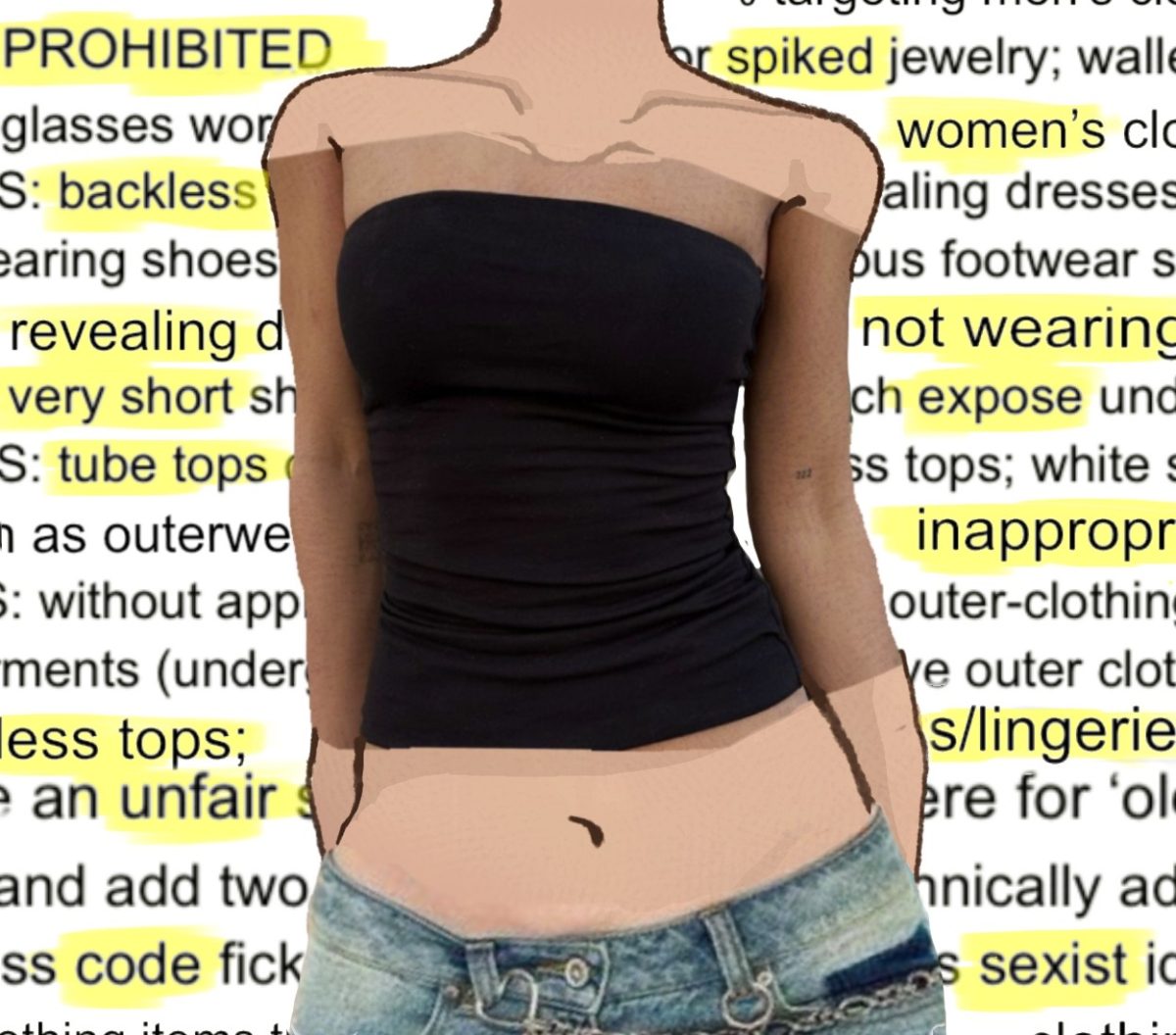

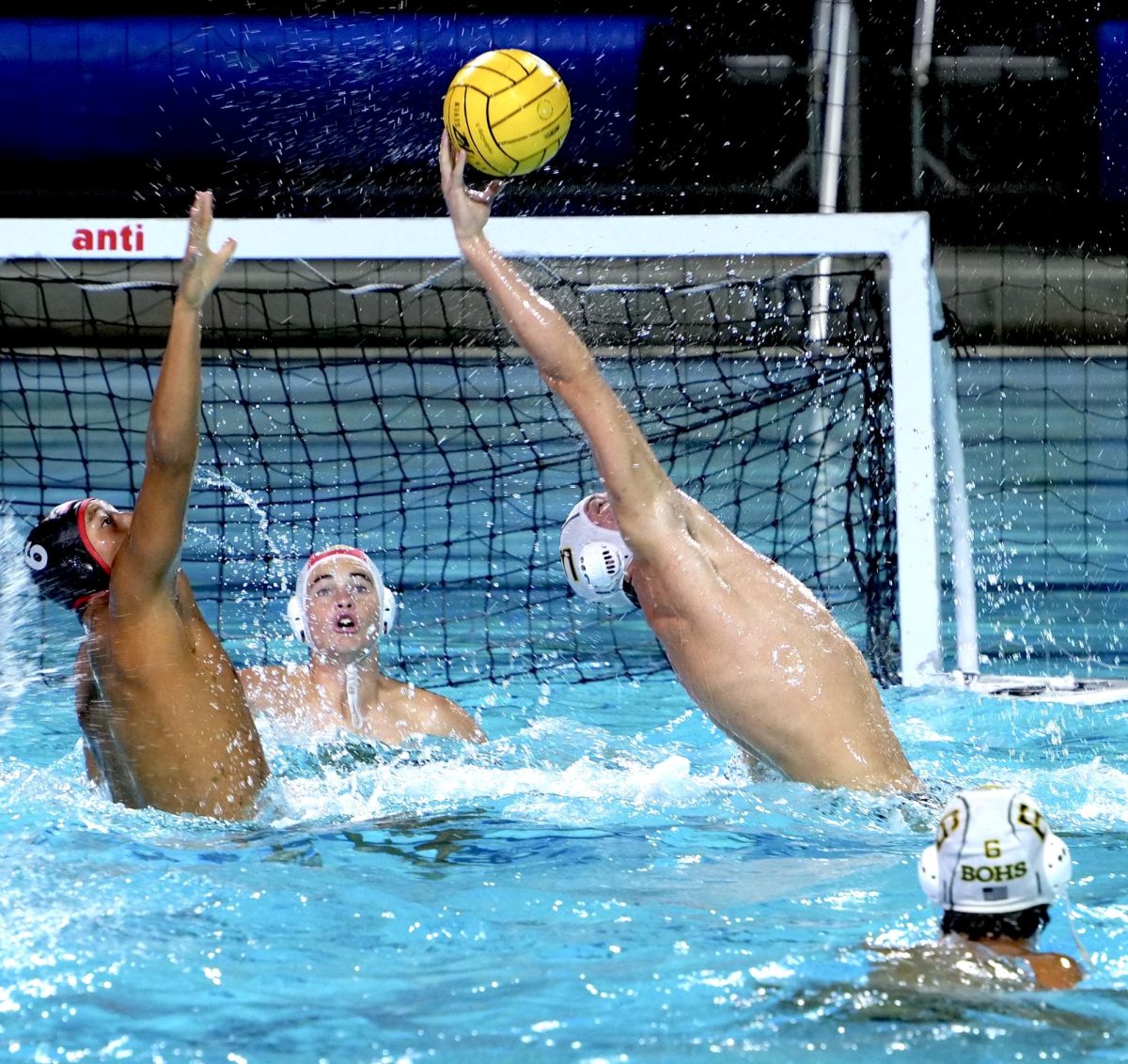

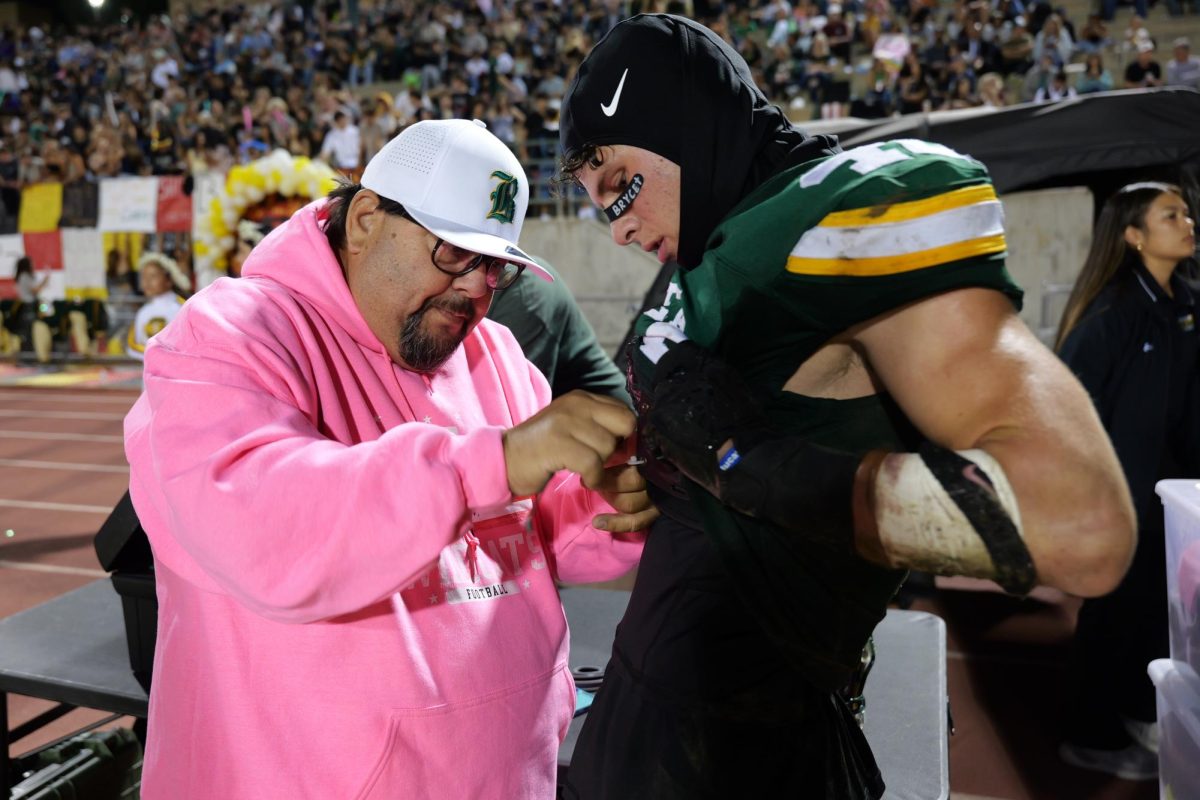
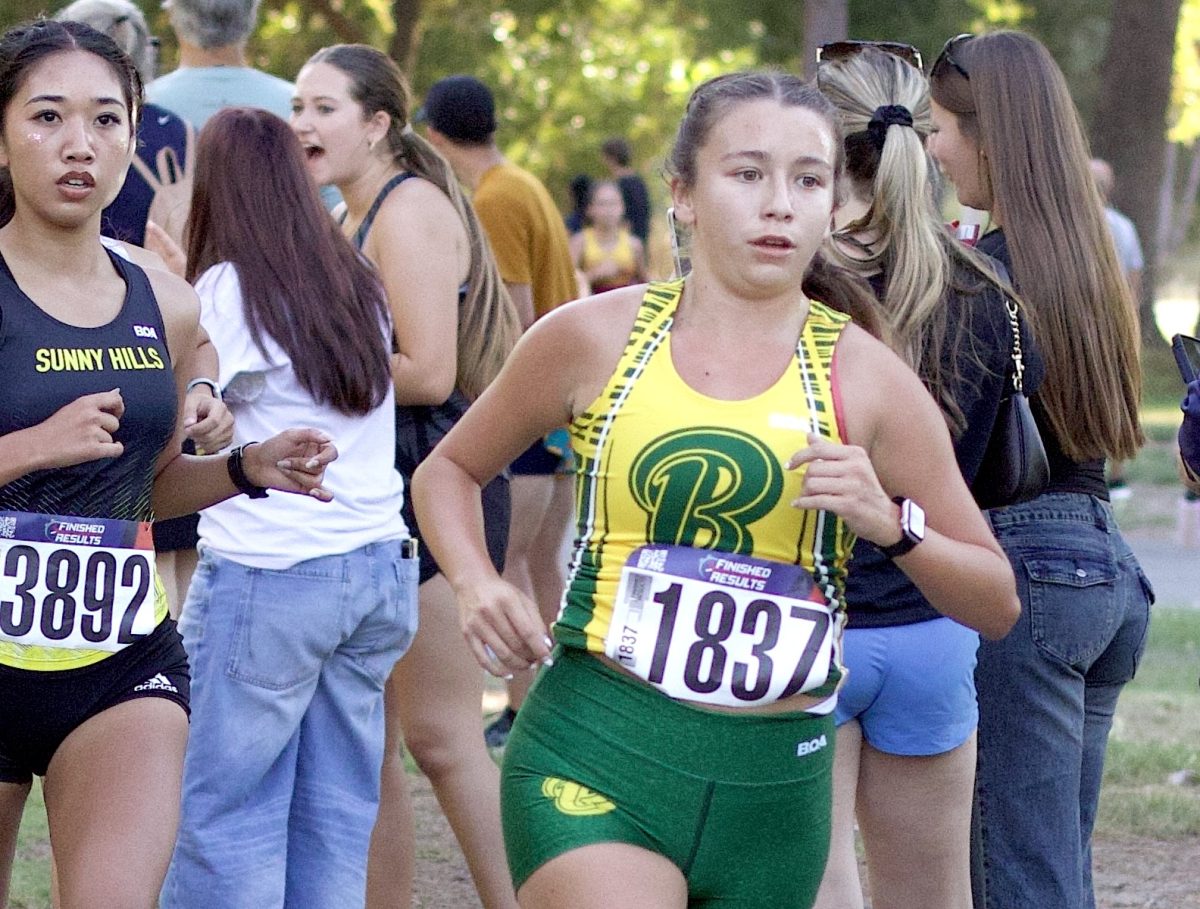
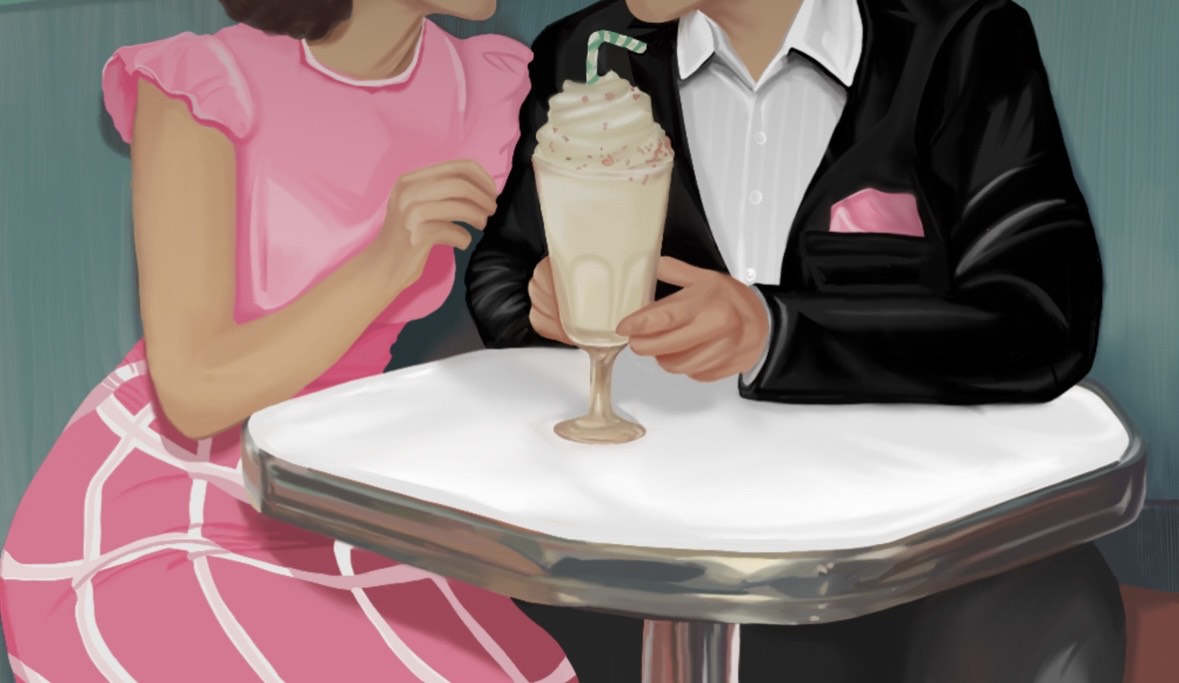
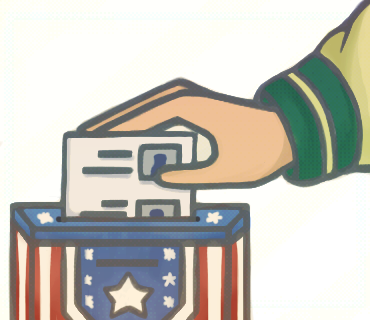
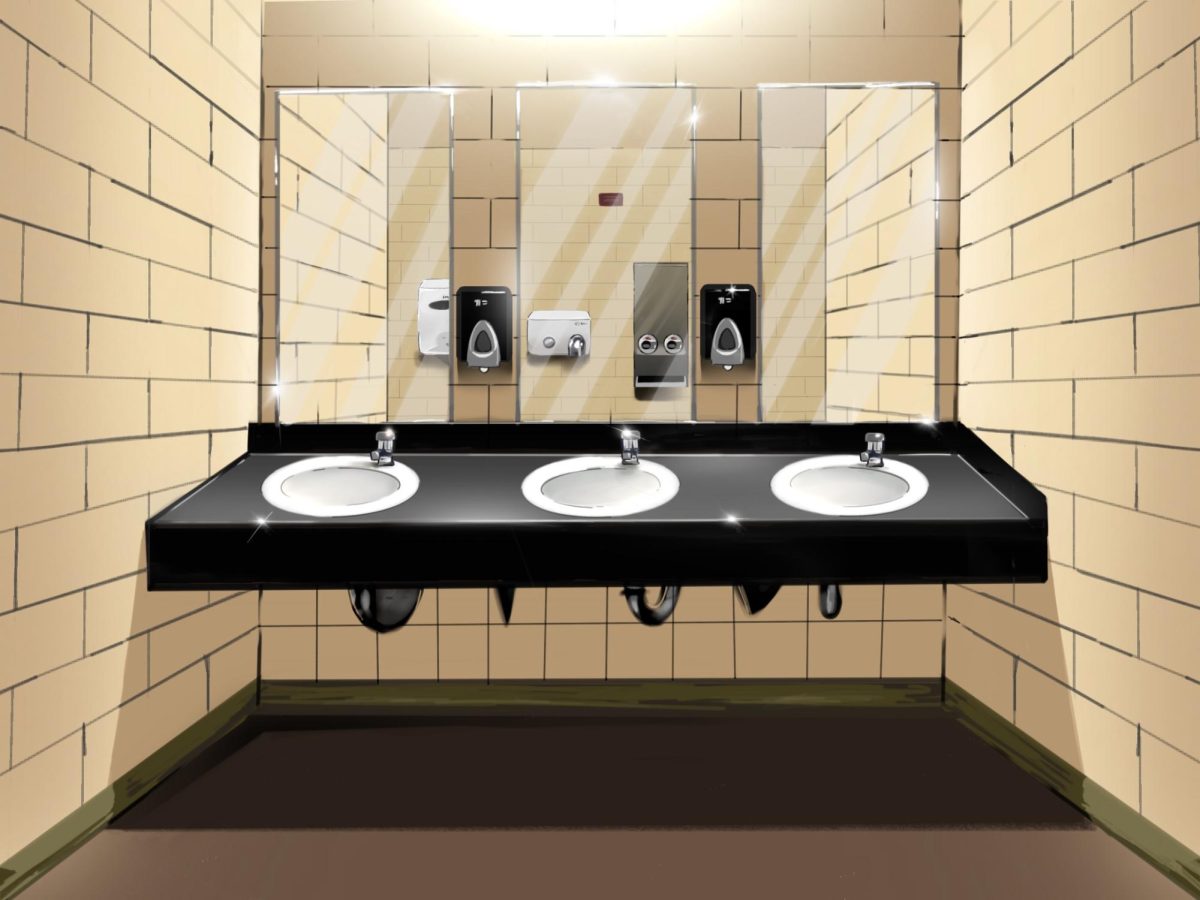



Majela Walker • Aug 29, 2025 at 11:33 am
Absolutely insightful article. Thank you.